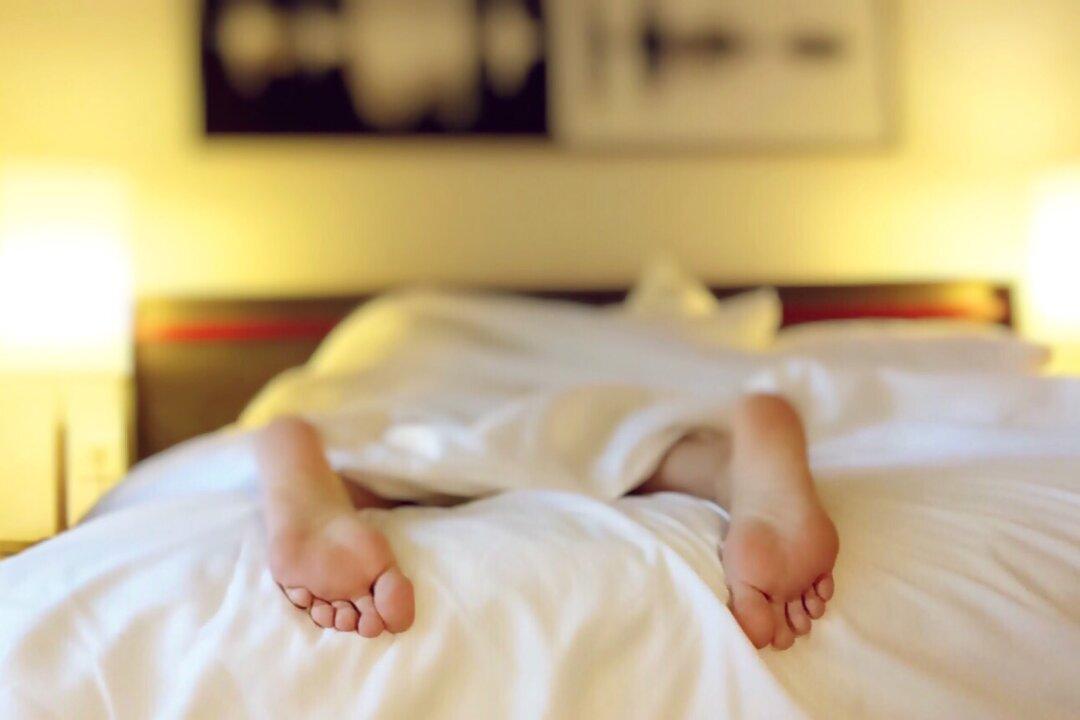Osteoarthritis pain related fatigue can be combated by improving sleep habits, according to research. Osteoarthritis pain can contribute to fatigue by keeping the sufferer awake at night. The result is groggy mornings and all-day fatigue, which can accumulate over many nights of restless sleep.
It’s estimated that nearly half of osteoarthritis suffers have trouble falling or staying asleep. Rates of insomnia and daytime fatigue are much higher in those with osteoarthritis than in those who do not have the joint pain disease.Sleep quality was linked with next day pain level.





